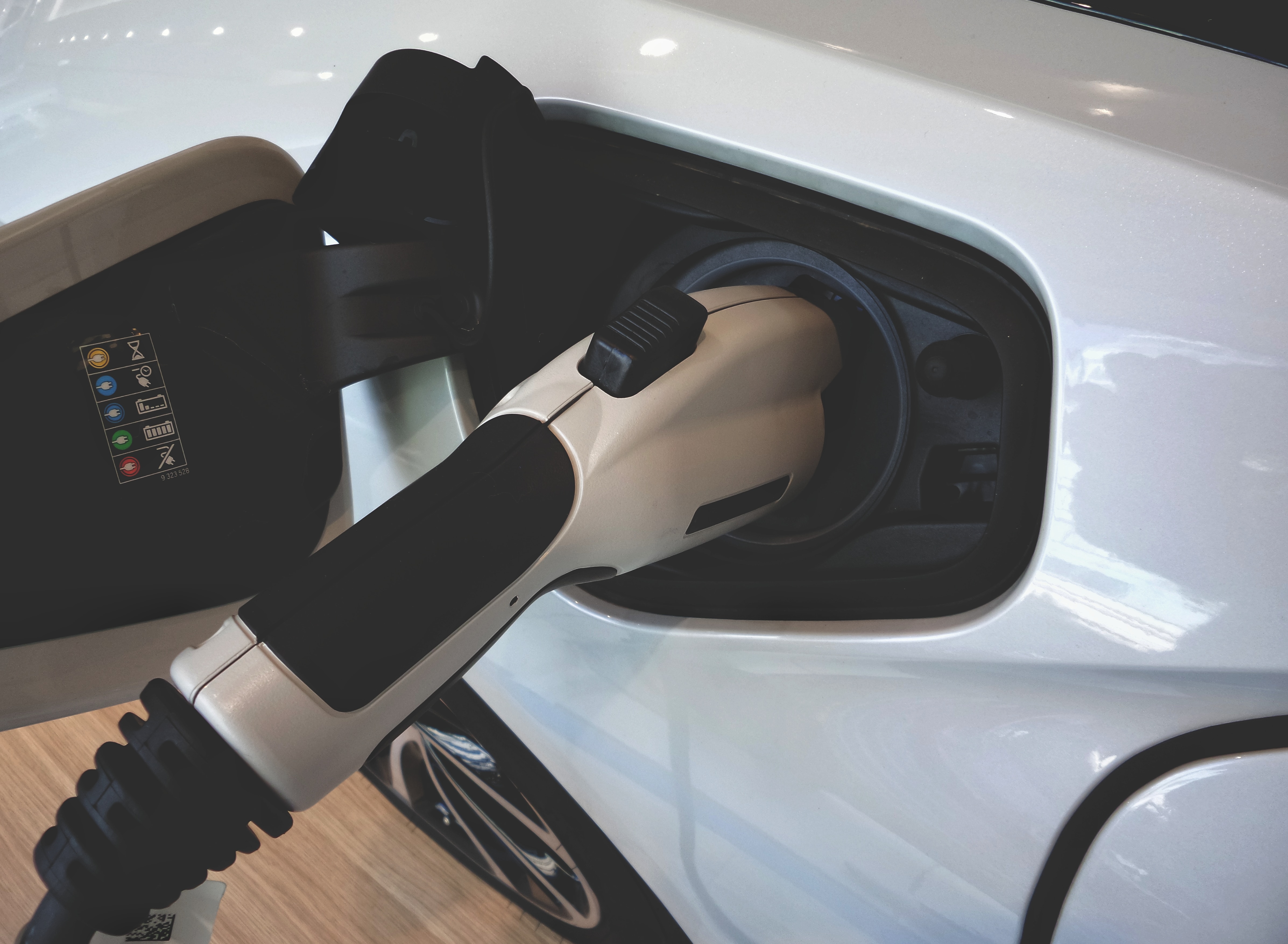Nepal is on the cusp of an electric vehicle (EV) revolution, but a recent festive season debacle exposed a stark reality – the inadequacy of the EV charging infrastructure. Long queues of EVs waiting for a charge and instances of owners having to tow their vehicles underlined the unpreparedness of the government, Nepal Electricity Authority (NEA), and vehicle dealers. This article probes into the compelling need for a well-conceived and comprehensive EV charging infrastructure in Nepal and offers a roadmap for policymakers to tackle the challenges, ultimately ensuring the nation's smooth transition to electric vehicles.
Charging Infrastructure Challenges
Inadequate Charging Stations
The recent festive season vividly demonstrated the scarcity of EV charging stations. The sight of numerous EVs waiting for hours at charging stations served as a poignant reminder that infrastructure is lagging behind the burgeoning EV adoption. While enthusiasm for electric vehicles soars, the charging network's expansion is struggling to match the surging demand.
Towing of EVs
Witnessing EV owners having to tow their vehicles due to a lack of charging facilities was a disheartening experience. This highlights the absence of a reliable charging network, causing not only frustration for EV owners but also deterring potential buyers. The inconvenience and unreliability of the charging infrastructure cast a shadow on the widespread adoption of EVs.
Government and Stakeholder Ignorance
The recent charging fiasco unveiled a concerning level of ignorance among the government, NEA, and vehicle dealers. It exposed a lack of understanding of the needs and expectations of EV owners. Failure to address these issues could impede Nepal's transition to electric vehicles and stifle progress in the clean energy sector.
Impact on EV Adoption
The inefficiency and inadequacy of the charging infrastructure in Nepal could potentially discourage people from choosing electric vehicles. A reliable and accessible charging network is a fundamental pillar of EV adoption. If this problem persists, it will unquestionably hinder Nepal's transition to cleaner and greener transportation, affecting its environmental goals and
energy security.
Policy Recommendations
Addressing the charging infrastructure challenges is pivotal for Nepal's successful transition to electric vehicles. To facilitate this transition, policymakers should consider the following recommendations:
NEA's Leading Role
The NEA is well-equipped, both financially and in terms of resources, to play a central role in supporting the EV transition. Rather than merely inaugurating a few charging stations, the NEA should set a bold target of establishing at least 500 charging stations within the next year. These stations should include both AC and DC chargers to cater to different EV models and provide convenience for a broad user base.
Integration of IT Solutions
A robust IT infrastructure is essential for the efficient operation of charging stations. The NEA should prioritize the implementation of advanced IT systems that enable effective management, real-time monitoring, and reservation of charging stations. Additionally, introducing a user- friendly app or website for advance booking and payment of charging stations would enhance the user experience and streamline the charging process.
Involvement of Car Dealers
Car dealers have a pivotal role to play in expanding the charging infrastructure. The government should consider a policy that mandates car dealers to establish one fast charging station for every set number of EVs they sell. This approach would incentivize dealers to actively participate in the growth of EV charging infrastructure, transforming them into key stakeholders in the electrification drive.
Revising Charging Tariffs
The current pricing structure set by the NEA may not be conducive to private sector participation. Charging station operators might struggle to achieve profitability, resulting in some providing charging services at a loss to attract customers to their businesses. To encourage private investment, NEA should reevaluate charging tariffs to ensure that charging station owners can operate profitably. The introduction of a dynamic pricing mechanism can help account for variations in real estate prices, allowing for higher rates in high-cost areas and lower rates in areas with lower costs.
Standardization of Charging Ports
A significant challenge in the charging infrastructure is the diversity of charging connector types. Different vehicle manufacturers use various charging ports, leading to compatibility issues. The government should implement a policy that mandates a standardized charging port design for all EVs sold in Nepal. This not only simplifies the establishment of charging stations but also pushes car manufacturers to develop EV models tailored to the Nepali market.
Inclusive Charging at Home and Office
Beyond public charging stations, it is essential to consider home and workplace charging solutions. For instance, a bustling office with 200 employees driving EVs requires a system for employees to charge their vehicles while at work, while charging for this service is essential. Policymakers should address this aspect to ensure businesses and individuals have the means to charge conveniently.
Conclusion
The recent EV charging fiasco during the festive season was a wake-up call for the government, NEA, and car dealers. It highlighted the urgency of developing a comprehensive and reliable charging infrastructure that can support the growing EV market. To ensure the successful transition to electric vehicles, Nepal needs to prioritize the expansion of charging stations, the integration of IT solutions, the active involvement of car dealers, the revision of charging tariffs, and the standardization of charging ports.
By addressing these challenges and implementing these policies, Nepal can pave the way for a cleaner, more sustainable transportation system. The time is ripe for the government, businesses, and stakeholders to collaborate in creating a charging infrastructure that not only supports the growing demand for electric vehicles but also encourages their widespread adoption. This holistic approach is essential to a cleaner, greener future for Nepal, aligned with global environmental goals and offering a transportation system that is future-ready.
(The author holds an engineering degree from USA , and is an energy entrepreneur currently working in clean energy and mobility sector in Nepal)

